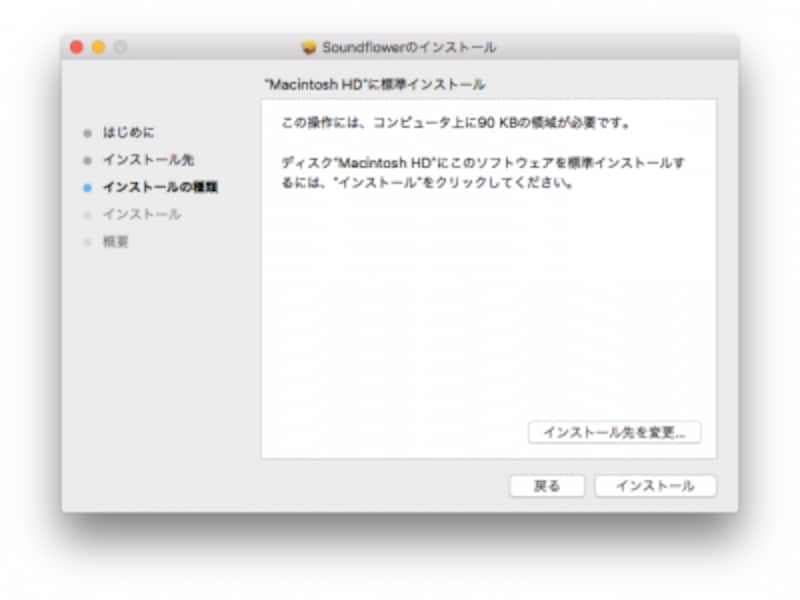

Soundflower is an open source kernel extension for MacOS, designed to create a virtual audio output device that can also act as an input.
Apr 13, 2018 Soundflower is a tool with which you can make the most of the audio playing on your Mac. It's a classic application to route sound signals between different applications and has always been a must amongst the most experienced users in terms of audio. With Soundflower you can route signals making them come out of one app and go into another. It's very useful when it comes to recording the. Jul 21, 2017 Soundflower is a OS X system extension that allows applications to pass audio to other applications. Soundflower is easy to use, it simply presents itself as an audio device, allowing any audio application to send and receive audio with no other support needed. Soundflower is free, open-source, and runs on Mac Intel and PPC computers. You may also like.
Initial development and maintenance of Soundflower was done by Cycling '74. In 2014, Cycling '74 passed stewardship of Soundflower to Rogue Amoeba, but we ultimately didn't have the time or resources to improve the product.
Thankfully, at the end of 2015, Soundflower's original author Matt Ingalls picked up the baton. The project can now be found via this GitHub link. If you're looking to use Soundflower, that's the link to visit.
If you've previously used Soundflower, or are simply looking for a reliable tool to route audio between applications on your Mac, you may be interested in Loopback.
Loopback
Loopback is a modern, fully-featured virtual audio device tool of our own. With a robust infrastructure and full support, it's the ideal tool to route audio between applications and more.
Learn more on the Loopback page.

A signed Soundflower. Note that the Soundflower extension is signed, but the installer is not! You will have to hold the control key down to open the Soundflower.pkg installer for the first time.
PLEASE READ! NEW SECURITY STEPS REQUIRED BY APPLE
The first time you run the installer (Soundflower.pkg), it will ask for your admin password, and will FAIL! A security alert will appear, with a button to take you to System Preferences 'Security & Privacy - General' pane. Once there, there should be an 'Allow' button (**) that you will need to click on to give permission to use Soundflower (developer: MATT INGALLS). Then, RUN THE INSTALLER AGAIN. It should inform you installation was successfull.
(**) If you see an 'Open Anyway' button in the Security Preferences, this is something different!!! Most likely because you tried (and failed) opening the installer by double clicking without holding down the control key. If so, click the 'Open Anyway' button which will display another window. Then click the 'Open' button in that window to launch the installer. Now you can follow the instructions above to get the 'Allow' button to appear in the Security Preferences.
NOTE: This is only the Soundflower kernel extension. The SoundflowerBed app is retired. A new replacement is in the works. In the meantime, you can take your chances with an older version of Soundflowerbed, but you can do a lot with a Multi-Output Aggregate Device. Here's an example:
Say i want to play some audio in iTunes, but record it in Quicktime while listening to it out of the built-in speakers. Here is how i would set it up:
*in iTunes:
start playing audio
Open Audio MIDI Setup: (found in /Applications/Utilities)
hit the '+' button in the bottom left corner and select 'Create Multi Output Device'
in the the panel that appears on the right, select 'Built-in Output' AND 'Soundflower (2ch)'
then hit the button with the gear icon bottom left and select 'use this device for sound output' (you should still be hearing your iTunes output -- it is now going to both Soundflower and the built-in speakers)
Then In Quicktime:
Soundflower 2.0 B2 Dmg 1
create a new audio recording
in the popup menu next to record button select 'Soundflower (2ch)' as the input
(you should now see record levels changing)
hit record!